I should be better at accepting defeat. Knowing your personal failings is one thing. Overcoming them is another. So I tried one more time to tame the s7R shutter shock in portrait orientation.
I ditched the Arca Swiss C1 entirely, and mounted the vertical post from a RRS pano setup directly on the tripod deck. Not a very practical setup – to pan horizontally you have to pick up the tripod and set it down again – but if the setup does the job, I can surely figure out a way to fix that.
Note that the cantilevered part of the L bracket is not used.
For the test, I mounted the post on a set of Gitzo GT3541XLS legs instead of the RRS legs I used for the previous post. That amounts to two changes, and is not a good way to determine what works and what doesn’t but I wasn’t able to get the C1 off the RRS legs. This is not the first time this has happened to me. I always eventually figure out a way to get get the legs and the head apart, but it’s frustrating and time consuming. There has to be a better way to mount heads to tripods. I’m going to look into the RRS plate and clamp system.
Here’s the usual cross at the worst shutter speed:
Compare to the a7:
Another failure. Will I ever learn?
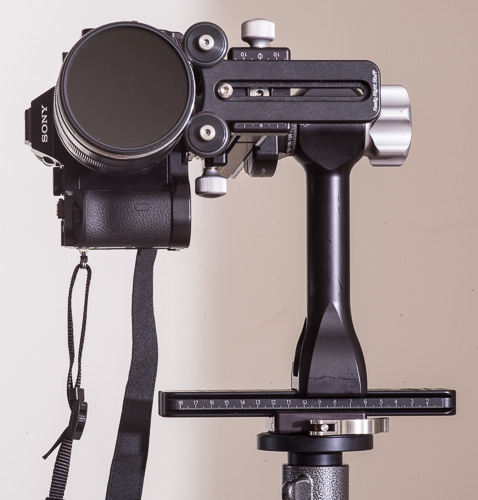
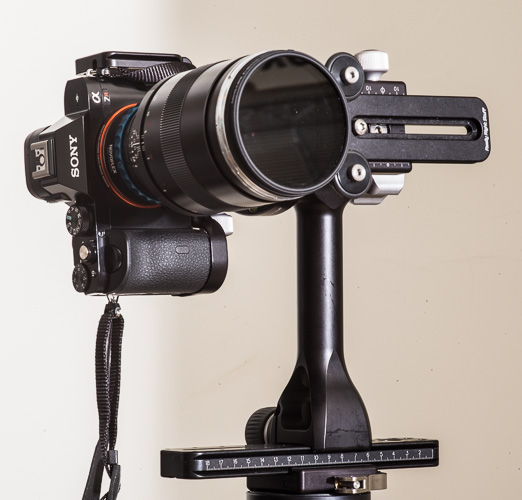
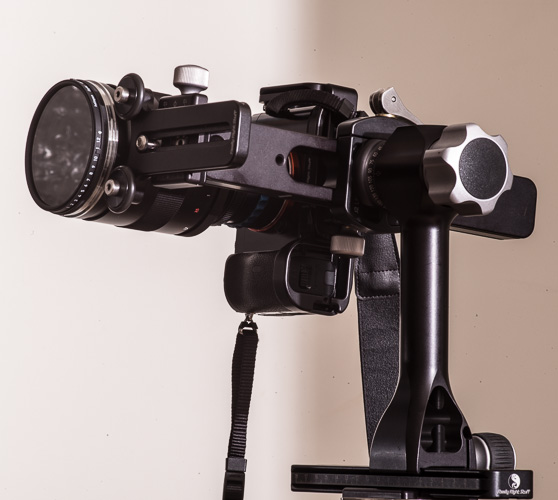
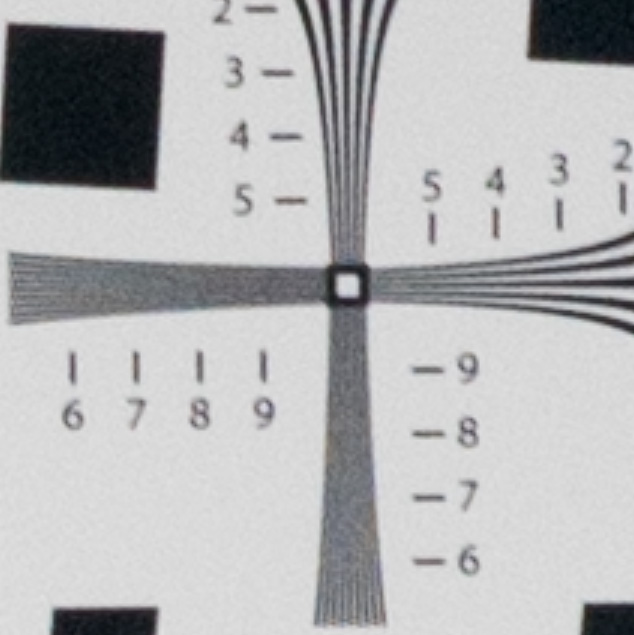
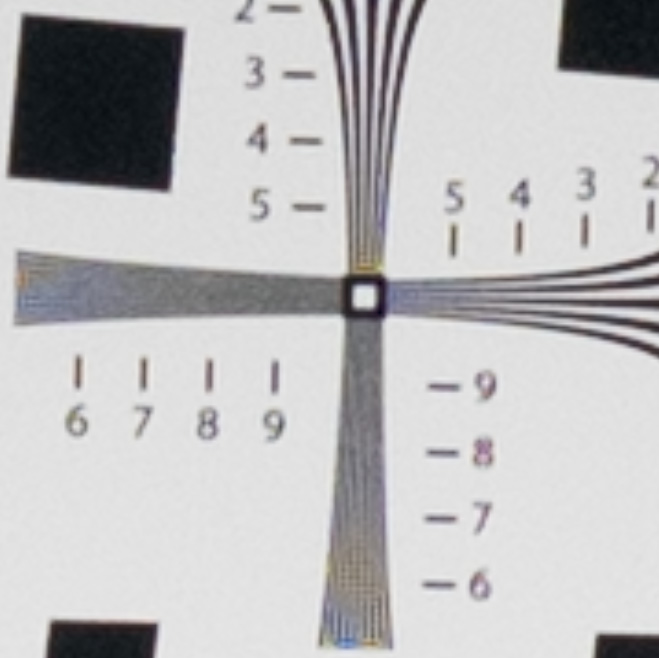
Hi Jim !
Just a question : Could you summarize in what condition the A7R is sharper – or not – than A7 ?
If I understand it correctly, it can always be made sharper in landscape position.
And it portrait position, it can always be made sharper for horizontal lines…
Only for vertical lines, in portrait positions, for certain shutter speed it is somehow less sharp.
Am I right ?
And then, what is the consequence for you ?
NB: This doesn’t mean we aren’t all wanting you to find a fix to the problem 😉
Great job !
Raoul
Raoul, I think you’ve got that right, so far, at least. There are several consequences for me. I’m still working out what I’m going to do about all this, but today, Id say the following.
I won’t use the a7R with tripod mounting arrangements that sacrifice stability, like pano setups. I may use the a7 on such setups, since it has even less shutter shock than a D800. I will use the D800E in preference to the a7R on a tripod, all else being close-to-equal, since in mirror-or shutter-delayed mode the D800E can use almost all its resolving power, and the a7R can’t except at really high and really low shutter speeds.
Jim
Thanks Jim
I do use the A7R for night city landscapes.
I usually do those with several seconds pause, so this shutter shock problem shouldn’t affect the results for me – at least I didn’t notice it so far.
That’s one of the reason I purchased A7R instead of A7 :
it looks like this one has another issue, with sensor flare in such situations… and that is pretty much unacceptable for what I do. (Did you check that already ?)
I have never noticed such a problem with A7R so far.
Other part of what I do is shooting hand-held with legacy Canon FD glasses – street, concert, walkaround snapshots, …
And the A7(r) is magic for that. I enjoy it a lot.
But I obviously don’t expect to get every one of the 36 million pixels sharp for that !
Raoul, I’ve not seen any sensor flare on the a7.
For long exposures, shutter shock shouldn’t be a problem at all.
I agree, you don’t need high resolution to make great images.